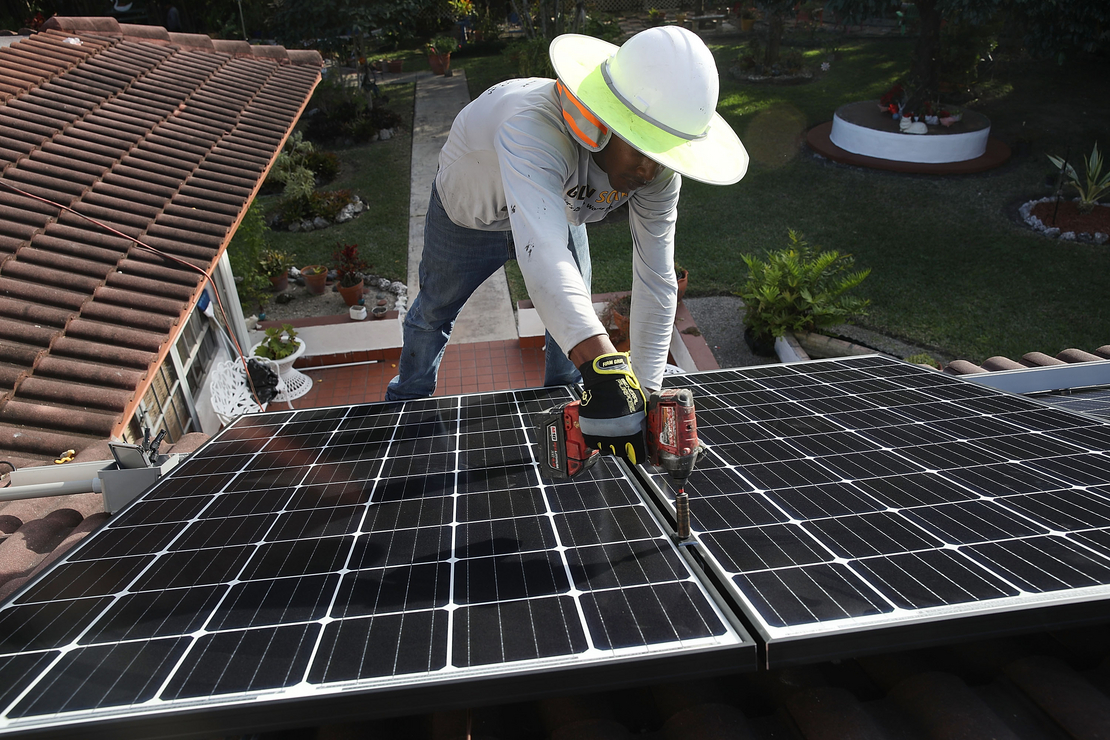Solar Energy Storage Breakthrough Could Make European Households Self-Sufficient
time:2023-10-25 09:42:13 Views:0 author:Jinan Freakin Power Ltd.
One of the biggest issues with solar energy is that it is inconsistent over days and over seasons. Many startups have focused on trying to smooth energy supply over the day — saving up energy during the day for use during the night-time or outside peak hours.
But few have tackled interseasonal storage of solar energy. What if homes could save abundant solar energy created in sunny months to be used for heat and electricity in winter? So far, this vision has been impossible to achieve. Batteries are too expensive and have short lifespans, and high costs and poor efficiency have crossed hydrogen, which does not emit greenhouse gases when burned, off the list of solutions.

Now, one startup from Norway — a country in a region that probably hopes it could save a little sunlight for cold winters — says it could bring a solution to market in the next couple of years, using solid hydrogen. The company wants to install a larger model of the cylinder — about three cubic meters large — in the ground a few yards from residential properties. The cylinder contains a patented solution of solid hydrogen, which has more efficient storage capabilities than batteries or liquid hydrogen.
Solar panels on the roofs of the nearby buildings will feed the system with energy to be stored in the unit. Excess energy will be sold to the grid. A lack of storage for solar power generated in the summer creates a “significant mismatch” between when electricity is produced and when it is consumed: “This is one of the big challenges around how to get the renewable energy system to work properly,” says Photoncycle’s founder, Bjørn Brandtzaeg. Houses are currently likely to only use about 50% of what is produced, he says.
“The other 50% increasingly has no value, because when it's produced it's basically going to be dumped or curtailed. If you can store that surplus, and then release it during the winter or when you actually have demand for energy, then you have a real possibility to make a difference.” Brandtzaeg is a seasoned infrastructure entrepreneur. The previous two companies he founded were large — one was an energy infrastructure company in Georgia, the other is Norwegian renewable energy company Clean Energy Group. In contrast, Photoncycle has just nine employees and has been financed with Brandtzaeg's own capital and funding from Startup Lab for the last two years.
The idea for the company began when Brandtzaeg was a visiting fellow at MIT in the US, and part of the team looking at the future of energy storage and how to balance an energy grid made up of 100% renewable energy. The entrepreneur, who does not have a technical background, has partnered with people in academia to come up with a non-flammable solution that doesn’t lose a lot of energy in the conversion process. Brandtzaeg holds up a chalk-looking substance: “With this, you can store electricity 20 times as densely as in a lithium battery.”
“We're locking up the hydrogen molecules in a solid to basically fix them. We're using a reversible, high-temperature fuel cell, so we're assisting a fuel cell which both can produce hydrogen and electricity in the same cell,” he says.
That means no need to cool the hydrogen down, making it non-flammable and giving it a higher density than an ion-lithium battery. Brandtzaeg holds up a chalk-looking substance: “With this, you can store electricity 20 times as densely as in a lithium battery.”
“We're locking up the hydrogen molecules in a solid to basically fix them. We're using a reversible, high-temperature fuel cell, so we're assisting a fuel cell which both can produce hydrogen and electricity in the same cell,” he says.
That means no need to cool the hydrogen down, making it non-flammable and giving it a higher density than an ion-lithium battery. One would assume a Norwegian company would start off with testing the product in Norway. However, with Norway being one of the cheapest countries in Europe when it comes to energy — it’s not going to have the same cost-saving effects on users. According to Brandtzaeg, the idea of using solid hydrogen for energy storage emerged a few years ago, but companies have not been using it for residential purposes.




